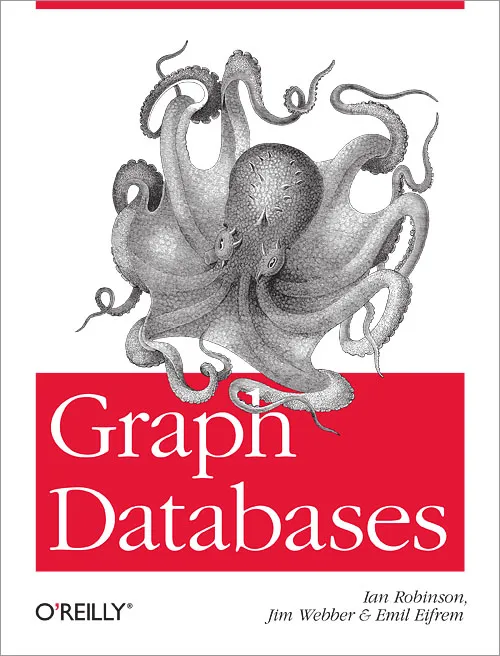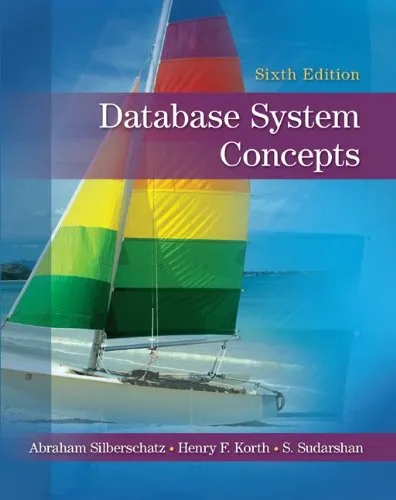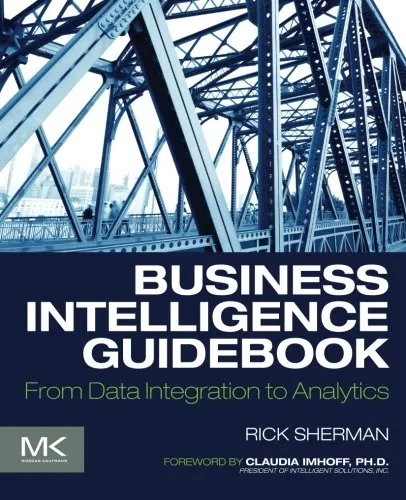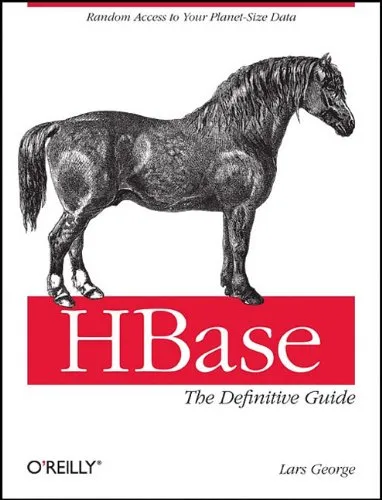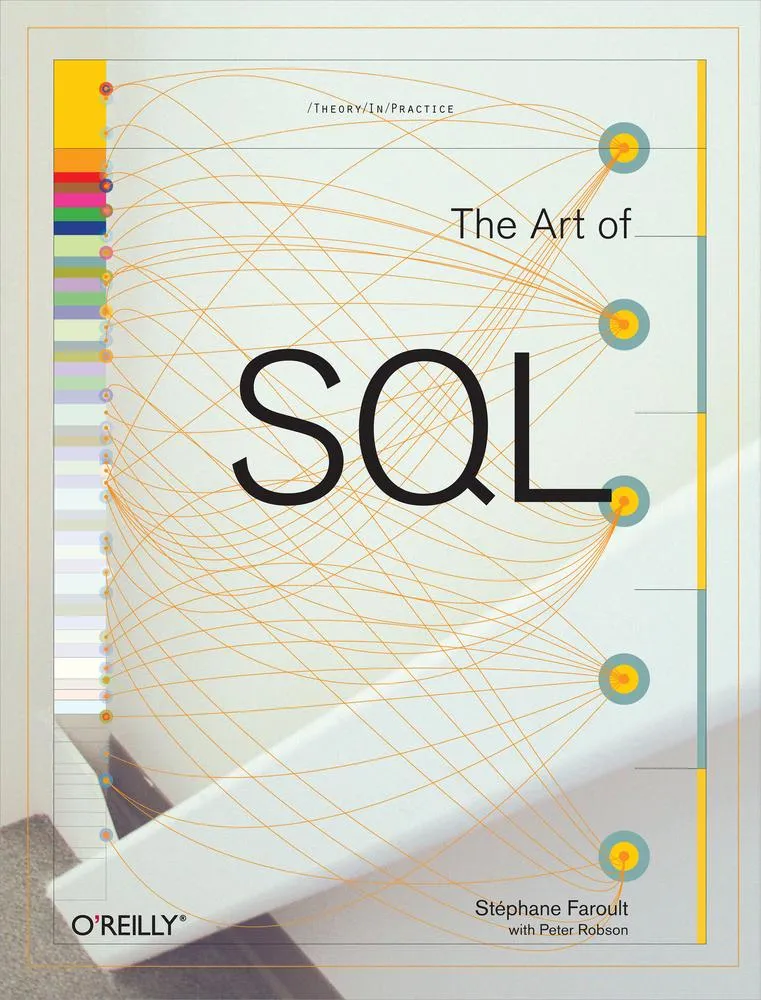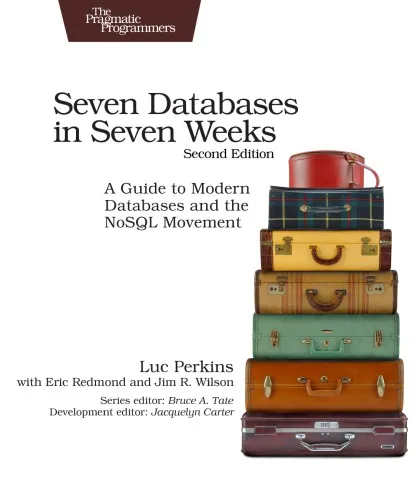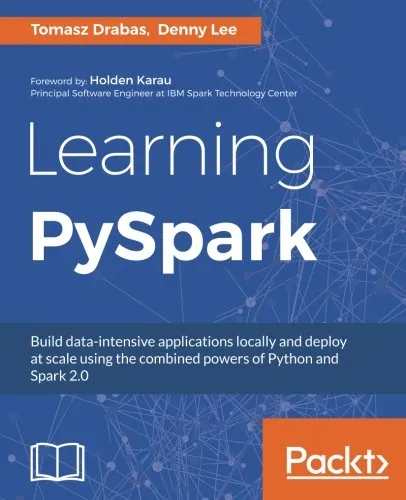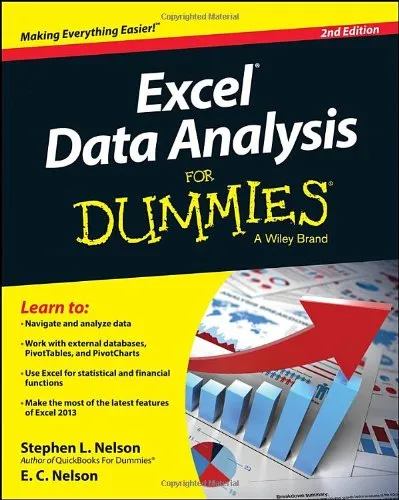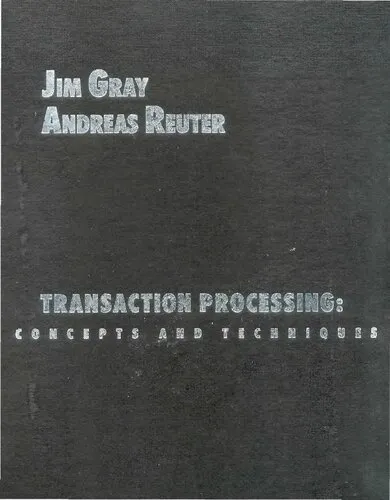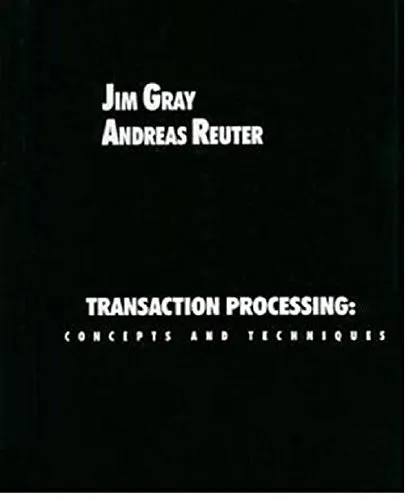Graph Databases
4.6
Reviews from our users

You Can Ask your questions from this book's AI after Login
Each download or ask from book AI costs 2 points. To earn more free points, please visit the Points Guide Page and complete some valuable actions.Related Refrences:
Introduction to "Graph Databases"
Welcome to the essential guide on graph databases, a transformative technology that represents complex data relationships effortlessly. In "Graph Databases," the intricacies of interconnected data structures are explored in depth, empowering you to unlock the hidden value within your data.
Detailed Summary
Graph databases are a revolutionary approach to data management, enabling more profound insights and real-time processing of highly connected datasets. This book serves as a comprehensive introduction to graph databases, starting with the fundamental concepts and progressing to advanced applications. The authors, Ian Robinson, Jim Webber, and Emil Eifrem, provide a deep dive into the world of graph theory and its practical applications in information technology fields such as cybersecurity, social networking, and recommendation systems.
The book covers the architecture and implementation of popular graph database models, predominantly focusing on Neo4j, one of the most advanced graph database platforms available. Readers will learn how to model data in a graph, query efficiently using the Cypher language, and implement a graph database solution that stands resilient in terms of scalability and performance.
Throughout the book, numerous case studies and real-world examples illustrate graph database applications, ensuring that both novices and advanced users can grasp the powerful capabilities these databases offer. The authors also delve into best practices for migrating from relational databases, thus guiding readers to seamlessly transition and adapt to the graph paradigm.
Key Takeaways
- Understanding the core principles of graph databases and graph theory.
- Practical guidance on using Neo4j for database design and implementation.
- Improved data queries and analytics through efficient graph processing techniques.
- Transition strategies from traditional relational databases to graph databases.
- Insightful case studies and industry examples that highlight graph databases' advantages.
Famous Quotes from the Book
“Graphs are everywhere. From social networks to recommendation systems, they model relationships and interactions crucial to our understanding of complex phenomena.”
“The ability to store and query both domain data and relationships using graph databases fundamentally reimagines our approach to data storage and access.”
Why This Book Matters
In the era of big data and interconnected digital ecosystems, understanding the relationships between data points is increasingly important. "Graph Databases" addresses this need by equipping data professionals with the tools to leverage graph structures to their fullest potential. The book is indispensable for database architects, data scientists, and developers alike, providing them with essential skills to harness the power of graphs in solving complex data challenges.
With the rise of AI and machine learning, the significance of a structured and well-connected dataset cannot be overstated. Graph databases offer more than just a way to store data; they provide a framework for understanding the intricate patterns and hidden connections that drive informed decision-making. By adopting the principles and practices detailed in this book, your data infrastructure will be stronger, more efficient, and ready for the future of data management.
Free Direct Download
You Can Download this book after Login
Accessing books through legal platforms and public libraries not only supports the rights of authors and publishers but also contributes to the sustainability of reading culture. Before downloading, please take a moment to consider these options.
Find this book on other platforms:
WorldCat helps you find books in libraries worldwide.
See ratings, reviews, and discussions on Goodreads.
Find and buy rare or used books on AbeBooks.
1337
بازدید4.6
امتیاز0
نظر98%
رضایتReviews:
4.6
Based on 0 users review
Questions & Answers
Ask questions about this book or help others by answering
No questions yet. Be the first to ask!
